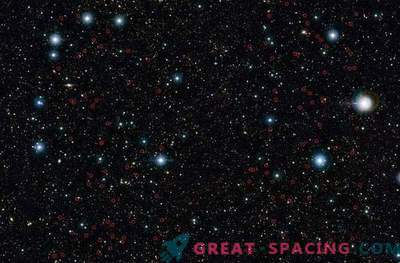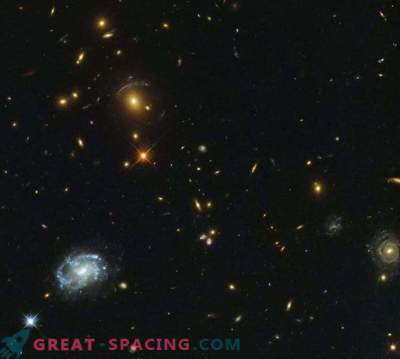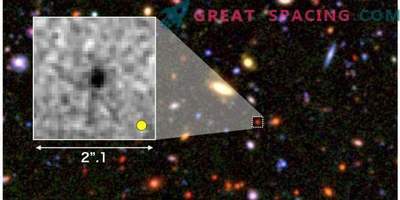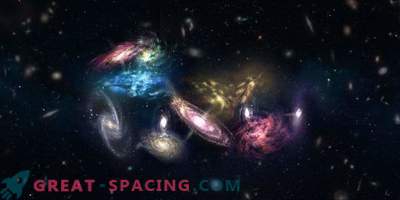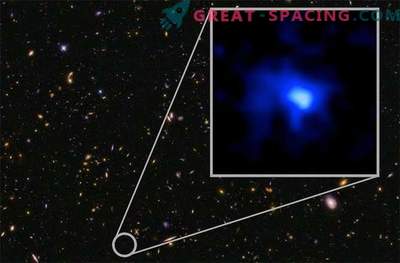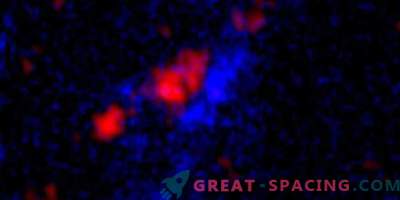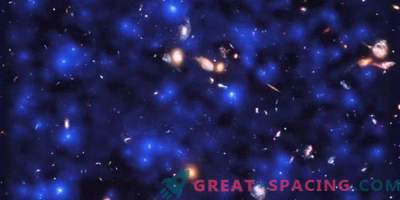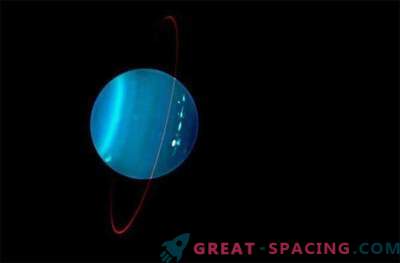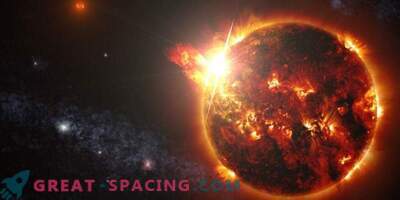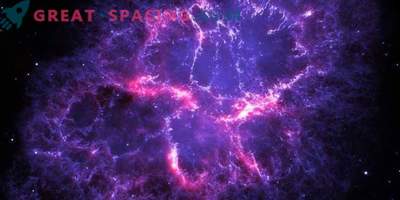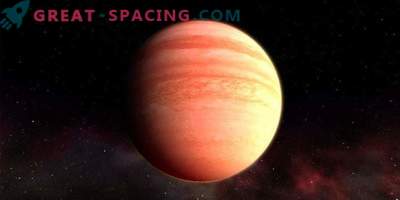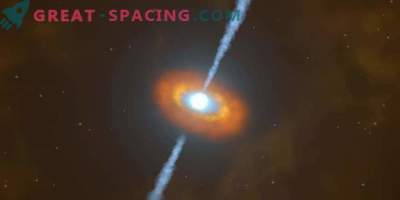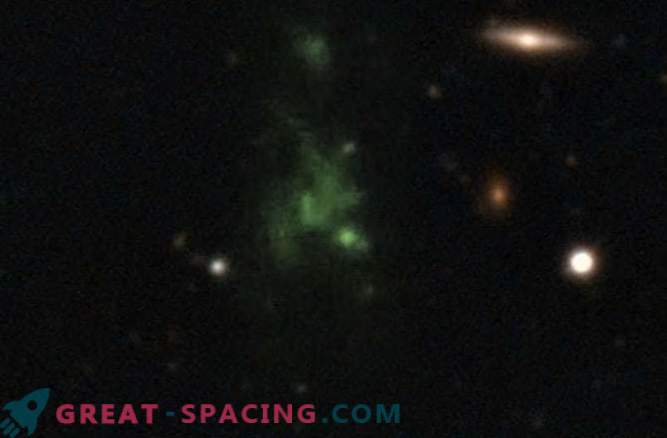
The true nature of a distant green blob was finally revealed with the help of some of the most powerful observatories on the planet.
Far away in the universe, a gigantic clot of gas and dust glows mysteriously with green light. And the astronomers finally managed to figure out what was going on there. It turns out that there are two huge galaxies in the core, surrounded by small galaxies. And now we have the opportunity to observe nothing more than the birth of a massive cluster of galaxies.
Astronomers have spotted the central galaxies using the Atakam large millimeter-wave grid (ALMA) and the Very Large Telescope (VLT) of the European Southern Observatory in Chile. The luminous space was first discovered in 2000.
One study, published in 2011, suggested that polarized light emitted from an object could have originated from hidden galaxies. New observations with ALMA and VLT allowed scientists to discover two large galaxies.
Further observations of the Hubble Space Telescope and the Keck Observatory in Hawaii showed a swarm of small faint galaxies surrounding two large clusters in the center. There, galaxies form at a rate 100 times more often than in the Milky Way. “For a long time, the origin of the extended Lyman-alpha light has been controversial,” says Jim Guiche, lead author of the study. “But in combination with new observations and advanced simulations, we think we were able to solve a 15-year secret.”
Lyman Alpha Blobs
The so-called “Lyman alpha blobs” are among the largest clusters in space. This is a special blob space named SSA22-Lyman-alpha Blob 1 (LAB-1). And it is the largest of its kind. It is estimated that it is about 300,000 light-years and it is three times the size of the Milky Way.
LAB-1 is 11.5 billion light years from our planet. So this light is as old as the Universe itself (13.8 billion years). This means that we look out the window of the early history of the universe.
Lyman-alpha blobs consist mainly of gaseous hydrogen and emit a certain wavelength of ultraviolet light - Lyman-alpha radiation. It seems green to us, as the wavelength is stretched by the expanding universe.
Object modeling
After the observations, the researchers modeled the formation of galaxies using the NASA Pleiades supercomputer. They wanted to show that ultraviolet light is a by-product of star formation - dispersion of gaseous hydrogen to create a bright mega large binary object of type LAB-1. “Think of a lantern in a foggy night. You see a diffused glow, because the light is scattered in tiny drops of water, ”said Gitch. - “The same happens here. Only here the lantern is an intense star formation of the galaxy, and fog is a huge cloud of intergalactic gas. The galaxy illuminates its surroundings. ”
Modeling also tracks the evolution of gas and dark matter in binary objects. “LAB-1 is the place where a massive elliptical galaxy is formed, which will one day become the heart of a giant cluster,” added Gitch.


